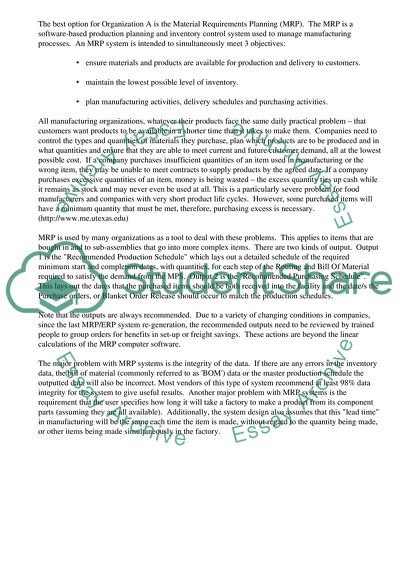Cite this document
(Strategies to Be Adopted by Two Organisations Case Study, n.d.)
Strategies to Be Adopted by Two Organisations Case Study. Retrieved from https://studentshare.org/business/1501542-operations-and-logistics-management
Strategies to Be Adopted by Two Organisations Case Study. Retrieved from https://studentshare.org/business/1501542-operations-and-logistics-management
(Strategies to Be Adopted by Two Organisations Case Study)
Strategies to Be Adopted by Two Organisations Case Study. https://studentshare.org/business/1501542-operations-and-logistics-management.
Strategies to Be Adopted by Two Organisations Case Study. https://studentshare.org/business/1501542-operations-and-logistics-management.
“Strategies to Be Adopted by Two Organisations Case Study”, n.d. https://studentshare.org/business/1501542-operations-and-logistics-management.


